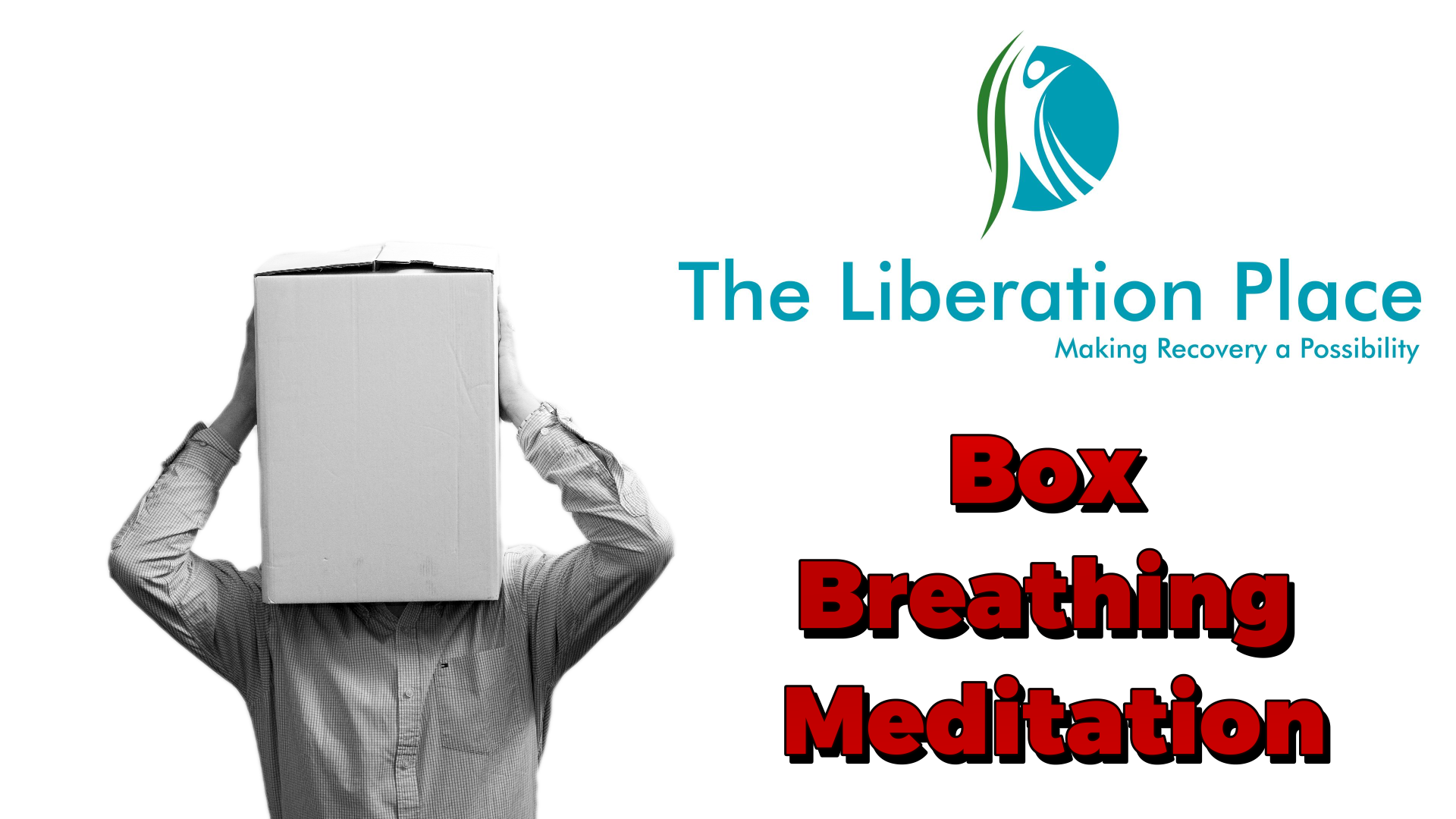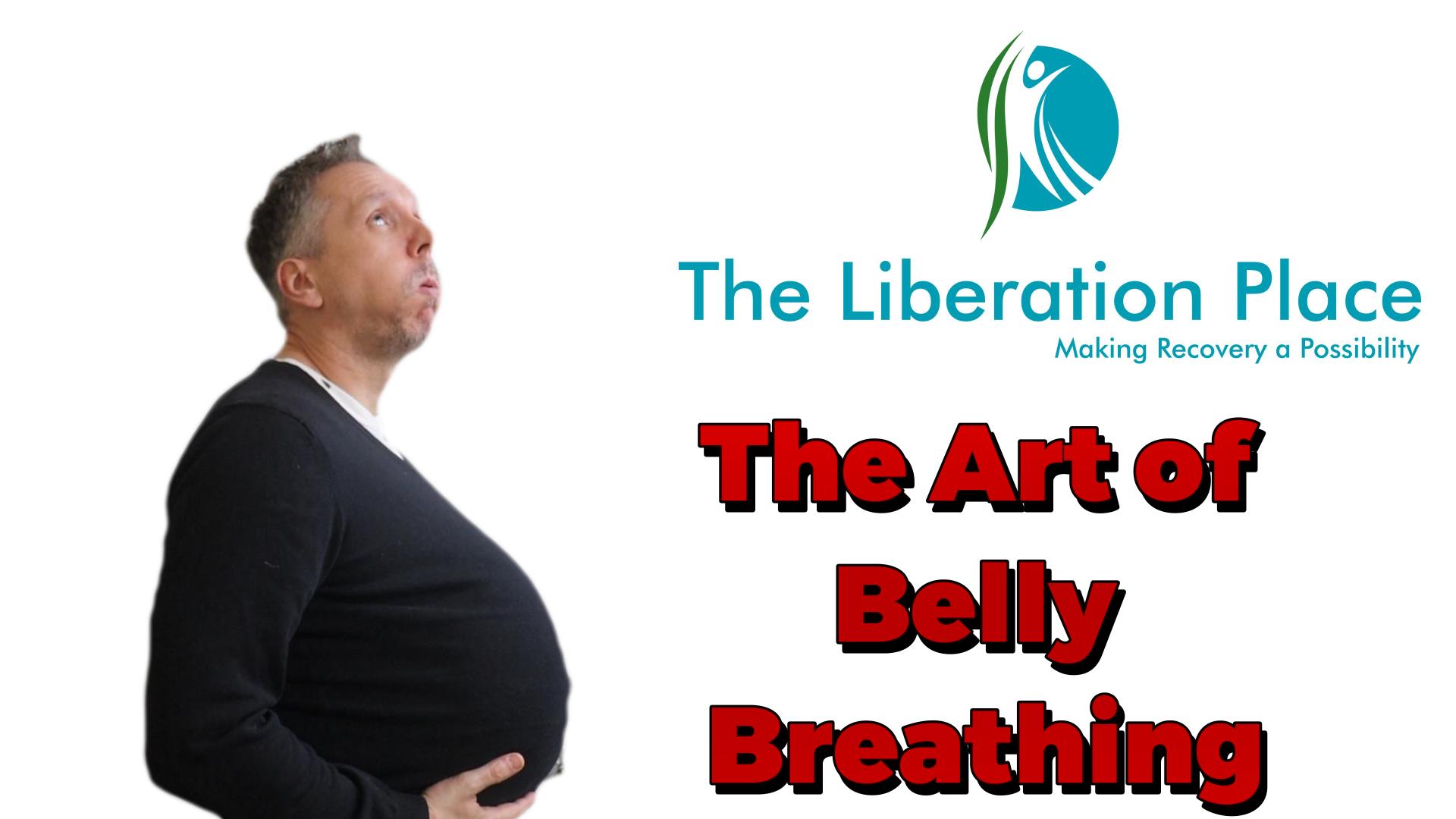The Art of Mindful Breathing
Mindful breathing is at the core of any mindfulness program. While we have to knowledge that Marsha Linehan recognized that many of the clients she worked with during the research and development of Dialectical Behavior Therapy (DBT) were not able to focus on their breath when they first stepped into this work, it's also an extremely important part of the DBT skills training program. As I have said before, in my opinion, without the mindfulness aspect of the DBT skills training program, non of the other skills can be practiced with the effectiveness they are intended to have, and this starts with developing our ability to breathe in a way that supports the basic fundamental principles of emotion regulation.Practicing mindful breathing sends a message to our brain to “calm down and relax.” In response, our brain transfers this message to our body, which impacts all of our physiological responses. By mindfully breathing, we can create a relaxing effect on our mind and body, and therefore our entire personality system.
There are three basic types of mindful breathing techniques we can use to promote a calmer mood:
Belly breathing
It’s common to fall into the habit of shallow breathing only within our chest. Instead of falling into this trap, we can build our ability to practice the art of belly breathing. Start by finding a comfortable place to sit down or lie down. Either way is fine, just be sure to sit or lie comfortably in a relaxed position. Place one hand on our upper chest and our other hand just below our ribcage. When in a compfortable position we breathe in through our nose, and notice our stomach rise as we inhale. The hand on our chest should remain relatively still, as we’re allowing the air to enter our diaphragm as opposed to our chest. Then we breathe out through our mouth slowly and feel our hand on our stomach fall inward. To develop an effective practice of Belly Breathing, we repeat this process 3-4 times.
4-8 Breathing
This skill is a very simple way to do a number of different things. When practiced effectively, it can bring a sense of calm to our body and mind, it can reduce our levels of stress, and help lower the impact of intense emotional experiences on our personality system. We begin by closing our eyes and placing our feet flat on the floor. Then, inhale for four counts and exhale for eight counts. It has been scientifically proven that by exhaling longer than we are inhaling, we are actually activating our parasympathetic nervous system, which encourages our body to relax and calm down. To create an effective practice of 4 to 8 breathing, repeat this process 5 to 6 times.
Square/Box Breathing
Visualization while breathing can be extremely helpful in developing our mindful breathing practice. Using any of our 5 senses, like sight, sound, or scent, can make it easier to unwind. Square breathing is a perfect example of a way to do this, as it's a practice that integrates our visualization skills. While we sit in a comfortable position, we slowly inhale for four seconds. At the same time as we inhale, we draw the first edge of a square in front of us. Then, we hold our breath for four seconds while drawing the second edge of our square. Exhale for four seconds while drawing the third edge of our square. Finally, rest for four seconds while completing the square in our mind. For effective development of this particular mindful breathing practice, repeat this process 3 to 4 times.
Practicing mindful breathing techniques on a regular basis is an essential part of developing our new, healthy lifestyle choices. They are practical skills that are easily accessible in the moment that, when mastered, can literally be used anywhere at anytime. By incorporating mindful breathing into our daily routines, we will automatically develop our ability to feel increasingly relaxed and at ease throughout our day. My suggestion is to build a mindful breathing exercise into your morning, and nighttime routines, which is something I will explore in more detail later on. For now, try spending time in the morning, preferably when you first wake up, and in the evening, just before you go to sleep, practicing one of the techniques we just discussed.If you check out the links below for my YouTube Channel there are some recorded examples of ways to practice these particular techniques, and if you do a simple search around the internet, you can find a number of apps that offer different ways to develop you mindful breathing skills.
Box Breathing Meditation Belly Breathing Meditation
Download the PDF of this page







